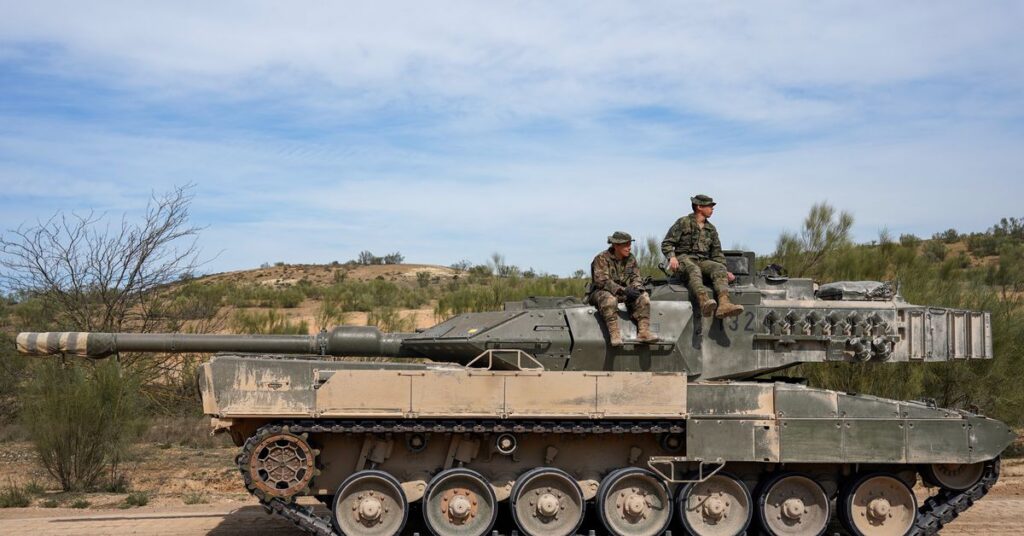In January, all of Washington seemed rapt with the question of whether the US and Europe would send tanks to Ukraine.
Should they? Would they? Why weren’t they? Was it too risky? But also, what was taking so long? Later that month, the US decided to send advanced Abrams tanks and Germany agreed to send Leopards, which cleared the way for other European allies to send military vehicles.
A similar dynamic had unfolded around HIMARS missile defense systems that the US sent to Ukraine last year, and it mirrored the protracted debates over lethal aid long before that. Now, it’s playing out again, already, over F-16 fighter jets.
I have felt uneasy about these weapons debates. It’s not just the memes of Leopards and Javelin missiles, or the intimacy between the US arms industry and Ukraine. The debate around each new weapon has overshadowed the larger debate about the Ukraine war.
The constant shift, that once the Abrams decision was announced Washington moved on to talking about the next advanced system, irked me. Shouldn’t experts, Congress, and the public argue over what the US’s clearly defined interests are in Ukraine and how to achieve them — and how to make sure the war doesn’t drag on and lead to unintended consequences — rather than cheerleading weapons transfers? It seemed to me that the US was going to be debating which weapons systems the US would send to Ukraine every month.
But I’ve come to see the fact that there have been debates about each weapons system, with experts openly engaging in these questions in panels and policy papers, to be a good thing. It’s not the only conversation that we should be having, but it serves as a proxy for a serious inquiry into what the US is doing in Ukraine. And, crucially, each tranche of weapons that the US has sent to Ukraine tells us a lot about the Biden administration’s approach to the war at any given time.
US President Joe Biden has committed $47 billion of military assistance to…
Read the full article here





